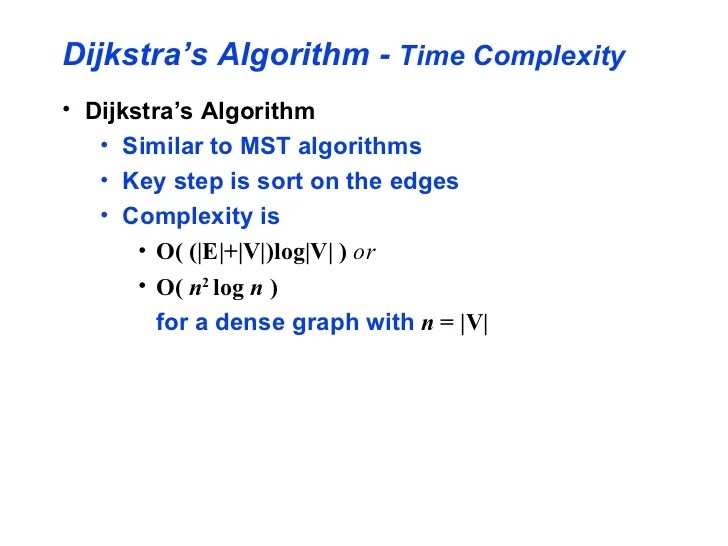Algorithm Time Complexity Proof
Algorithm Time Complexity Proof. Int gcd (int a, int b) { while (b != 0) { int tmp = a % b; Algorithmic complexity is a measure of how long an algorithm would take to complete given an input of size n.

For this reason, complexity is calculated asymptotically as n approaches infinity. Θ(e log v) using union find; Let t be the tree produced by kruskal's algorithm and t* be an mst.
// Function Taking Input N Int Findsum(Int N) { Int Sum = 0;
Feb 7 2011 at 18:08. At each next step for n 1, the number of comparisons is one less, so that t(n) = t(n 1) + (n 1); Like in the example above, for the first code the loop will run n number of times, so the time complexity will be n atleast and as the value of n will increase the time taken will also increase.
To Prove That Only Looking At One Side Reduces The Average Runtime Complexity From O(N Log N) To O(N), Let's Compare The Time Complexity Recurrence Relations Of Quicksort (2 Sided) And Quickselect (1 Sided).
While complexity is usually in terms of time,. If that loop can run, in worst case, n times, then the procedure has o (n*n*m) time complexity. For this reason, complexity is calculated asymptotically as n approaches infinity.
N * (N + 1) / 2 * So, Total.
For example, if we start at the top left corner of our example graph, the algorithm will visit only 4 edges. Suppose, a and b are two integers such that a >b then according to euclid’s algorithm: Gcd(a, b) = gcd(b, a%b)
Hence, The Running Time Will Obey The Following Equation:
If we calculate the total time complexity, it would be something like this: Another is radix sort which has time complexity of ((n + b) ∗ d) where b is base of input numbers n # of element in integer array and d is the # digits is maximum number in array in worst case.for example if base is 10 then maximum possible value of d = log b (k), thus time complexity of radix sort is o ((n + b) ∗ log b (k)).this looks more than the time complexity of. Algorithm dfs(g, v) if v is already visited return mark v as visited.
This Can Be Proven By Induction.
Big o is a measure of the time an algorithm takes (time complexity). Record the max sum as 0. Time complexity is most commonly estimated by counting the number of elementary steps performed by any algorithm to finish execution.
Komentar
Posting Komentar